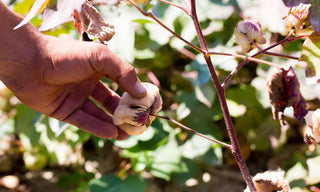In an era marked by escalating concerns about climate change, environmental degradation, and social justice, the fashion industry finds itself at a crossroads. Traditional fashion practices have long been associated with excessive resource consumption, pollution, and labour exploitation, prompting a growing demand for a transformative approach. In response, a revolutionary concept has emerged: regenerative fashion.
What is regenerative fashion?
Regenerative fashion is a fresh and innovative approach to sustainable and ethical fashion that surpasses the traditional concepts of organic and fair trade fashion. It recognises the positive impact of fashion on the environment and communities and aims to give back more than it takes. Regenerative agriculture is essential to this approach, prioritising soil health, biodiversity, and carbon sequestration.
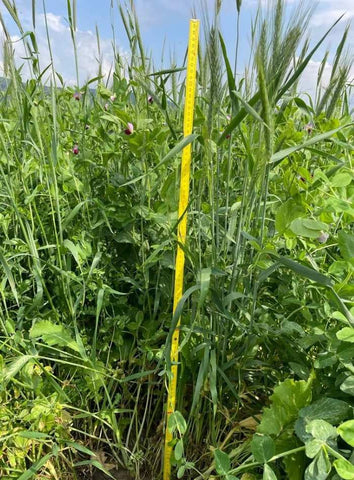
By integrating regenerative agricultural practices into fashion production, regenerative fashion reduces the industry's environmental impact and helps reverse the damage caused by conventional farming methods.
Moreover, regenerative fashion supports ethical and fair labour practices, empowering small-scale farmers and artisans who use traditional techniques and craftsmanship.
What are the benefits of choosing regenerative fashion?
Regenerative fashion is not just a trend but a movement that benefits the environment and our communities. Let's explore some of the key benefits:
1. Environmental Benefits:
Regenerative fashion is rooted in regenerative agriculture. By embracing this, you support the growth of organic and natural fibres that are grown without harmful pesticides and chemicals, reducing air, water, and soil pollution. Additionally, regenerative agriculture practices help sequester carbon from the atmosphere, mitigating the effects of climate change.
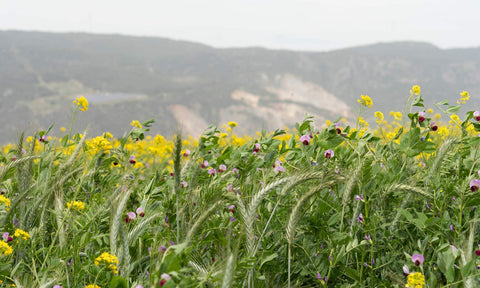
2. Soil Health and Biodiversity:
Traditional farming practices often deplete the soil's nutrients, leading to erosion and reduced fertility. Regenerative agriculture, on the other hand, replenishes the soil by using compost, crop rotation, and cover crops. This improves soil health and enhances biodiversity, creating habitats for essential pollinators and wildlife.
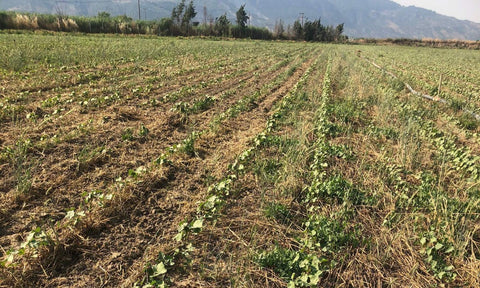
3. Ethical Labour Practices:
Regenerative fashion emphasises fair and ethical labour practices throughout the supply chain. This means that workers are paid fair wages, provided safe working conditions, and treated with respect and dignity.
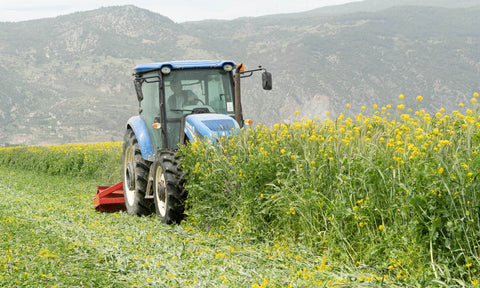
What is the difference between sustainable and regenerative fashion?
Sustainable and regenerative fashion are both concepts that aim to reduce the fashion industry's environmental impact. While they share a common goal, there are differences in their approaches and outcomes.
Sustainable fashion focuses on minimising harm to the environment and society throughout the entire lifecycle of a garment. It encompasses practices such as using organic or recycled materials, reducing waste and energy consumption, and promoting fair labour conditions. Sustainable fashion seeks to maintain the current state of the environment by adopting responsible practices.
On the other hand, regenerative fashion goes beyond sustainability by seeking to restore and replenish the natural resources that have been depleted. It is centred around actively improving the ecosystems and communities impacted by the fashion industry.
One key difference between the two concepts is their environmental impact. Sustainable fashion aims to minimise negative effects, while regenerative fashion actively works to reverse them. By adopting regenerative practices, the fashion industry can play a vital role in restoring ecosystems and mitigating climate change.
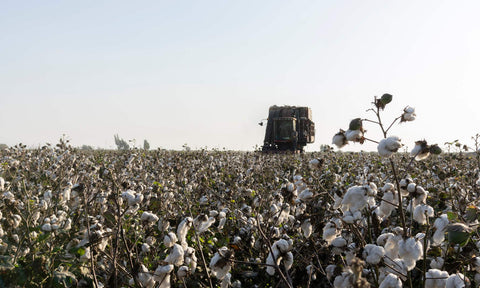
In addition to their environmental differences, there are also social and economic implications. Sustainable fashion often prioritises fair labour practices and the well-being of workers, ensuring that they are paid fair wages and provided safe working conditions. Regenerative fashion takes this further by actively engaging with and empowering local communities.
Are there any ethical or eco-friendly certifications for regenerative fashion?
Absolutely, there are several certifications available to fashion brands that prioritise ethical and eco-friendly practices.
One such certification is the Regenerative Organic Certification (ROC), for brands that are committed to going beyond simply "doing less harm" to actively improving and revitalising the health of our planet.
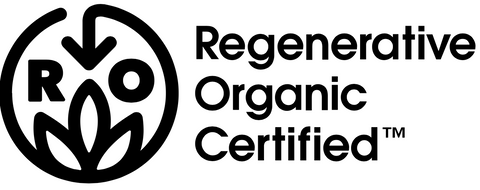
Developed by the Regenerative Organic Alliance, the ROC is centred around three main pillars: soil health, animal welfare, and social fairness. Brands who meet the stringent ROC criteria demonstrate a holistic commitment to sustainability, incorporating not only environmental, but also social considerations into their business practices.
Neem London’s Regenerative Fashion Collection
Here at Neem London, we source ethically and use considerate production processes to create stylish sustainable menswear that's kind to the planet.
We are known for our use of regenerative agriculture and our garments strike a balance between timeless appeal and contemporary design, meaning you can make a fashion statement while also making a conscious decision to support sustainability. Read about our mills, the farms we work with and our recycled yarns.

As a brand, we are incredibly proud to hold the Regenerative Organic Certification (ROC). This isn't just a label to us - it's a testament to our unwavering commitment to making a positive change in the fashion industry. We understand the profound impact that fashion has on our planet and its people, and we have chosen to be part of the solution.


